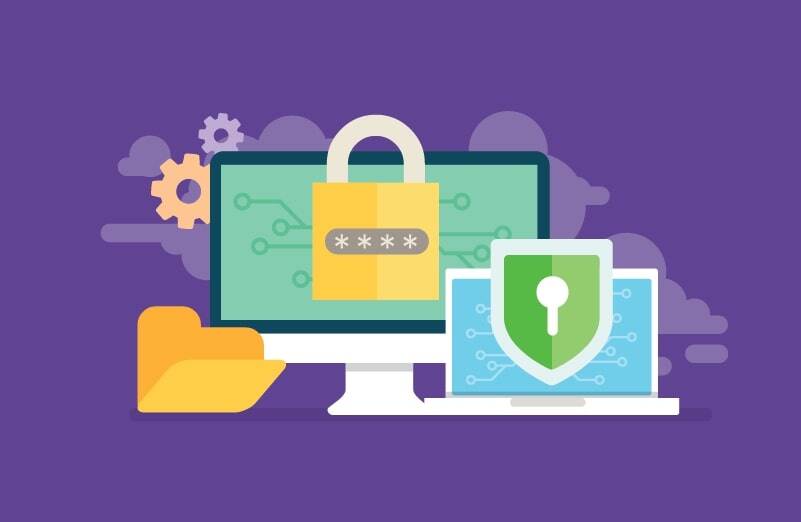Through your vendor risk management program, you’re supposed to monitor your vendor’s information security and cybersecurity practices. As part of that, you need to manage the vendor’s information technology (IT) security risk.
What Is IT Vendor Security Risk?
IT security risk is the potential of failures or misuse of hardware or software which negatively affect your organization and its operations.
IT related security threats could involve some of the following:
- Damage or destruction of your physical infrastructure (through natural disasters like fire, tornado and flood)
- Non-natural disasters affecting your physical infrastructure (through errors like accidental cutting by machinery, drive failure or malicious or accidental removal of a storage device)
- Disclosure of sensitive data to unauthorized parties (through human error, spam, viruses and malicious attacks)
- Denial of service to your customers or employees (through a network failure or possibly through everything else we’ve mentioned so far)
So, IT vendor security risk is the chance of those above items happening to your vendor, which in turn, would affect you as if it were your systems being directly hit.
With that as a backdrop…
What Do You Do About IT Vendor Security Risk
With all the potential threats, it can be hard to know where to start figuring out if you’re covering yourself when it comes to IT vendor security risk.
Within your vendor risk management program, you determine what risk level is acceptable and then monitor your vendors to mitigate risk to that point of comfort. It’s impossible to completely eliminate all risk, but there are some best practices you can use to discern the risks that you need to focus on.
5 Best Practices in Managing IT Vendor Security Risk
- Conduct vendor risk assessments. You should already be doing overall risk assessments on your vendors to determine the amount of risk they give in all areas. IT specific issues can originate from non-IT sources, such as disgruntled employees or natural disasters. So, ensure your risk assessments involve checking into the vendor’s staff and physical location.
- Prioritize management of IT-related risks based on their potential impact to your business. Consider risks such as financial, reputational and more.
- Reduce your risk exposure. To do this, implement mitigating controls. Maybe you need to include IT requirements in your vendor contracts.
- Review your vendor’s business continuity and disaster recovery plans. These plans will tell you what they will do if a natural disaster or data breach occurs, so review and analyze those to be sure they're effective and the vendor will communicate with you should an unexpected disruption to business operations occur.
- Continuously monitor for emerging threats or changes. IT is constantly changing, so stay alert for new threats or changes to your IT environment that could introduce risk.
Once you have identified the risks facing your organization and their potential impact, you can begin to manage them by accepting, transferring, mitigating or avoiding the risk. Following the above best practices is a great way to begin protecting your IT infrastructure from your biggest threats.
One way to minimize the amount of IT risk a vendor poses to you is to start the relationship by asking them to fill out an information security questionnaire. Download our infographic now to learn how, when and why to use one.







.gif?width=1920&name=Sample-Graphic-Animation%20(1).gif)



